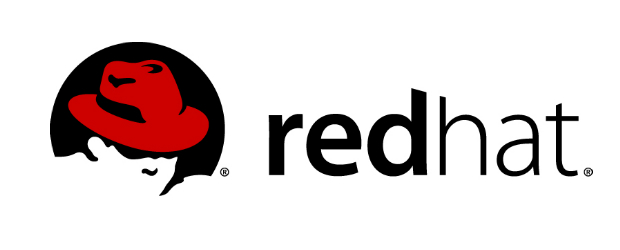Red Hat wants to hit $5 billion in revenue, and it wants to get there fast.
At its North American Partner Conference in downtown New Orleans this week, president and CEO Jim Whitehurst outlined the company’s five-year plan using about half-a-dozen numbers to illustrate how the company hopes to get there.
In terms of its strategy, aside from continuing to leverage its Red Hat Enterprise Linux platform, the company’s biggest advantage, Whitehurst said, is its culture. Making reference to Uber, Facebook, Alibaba and Airbnb, he said that the change will be similar in that it is being driven more by the users, less by the company.
“It’s not just a strategy problem, it’s a cultural problem,” he told a room of some 200 partners. “You must change your culture. Technology is the easy part.”
20,000 employees
To get to a revenue target of $5 billion, Whitehurst claimed, the company would need the equivalent of some 20,000 employees. It currently sits at 9,000, and yet, he said that after factoring in attrition and promotions, the software vendor would need to hire some 17,000 people and make some 30,000 hiring decisions over the next five years. This also means that 75 per cent of current Red Hat employees will be gone in five years’ time.
“It’s the single largest challenge we have as a company,” Whitehurst said. “Our entire competitive advantage is tied up in this capability that is tied directly to our culture. It’s daunting.”
And yet, this is where partners come in. Where other companies attempt to flatter with phrases such as “you are an extension of our sales team,” Red Hat isn’t shy about equating its partner community with part-time employees, with D. Robert Martin, the company’s vice president of partner sales factoring the amount of time that a partner would spend on Red Hat technologies to be the same as that of a Red Hat employee.
$50 million
According to Whitehurst, $50 million is the amount of annual bookings revenue that the company needs to see out of its largest relationships in five years in order to reach its $5 billion goal.
The company makes the majority of its money from the Fortune 1,000 customers, and Whitehurst doesn’t see this changing come 2021.
$4 billion
Whitehurst pegged Red Hat’s need of its partner ecosystem at the $4 billion mark. This figure, which partners will undoubtedly perceive as much larger, is the amount of revenue that Red Hat needs to generate through the channel.
“We are not going to be able to scale this business at that level without working with you,” Whitehurst said, adding that the current channel revenue sits at $1.4 to $1.5 billion.
“There really is an opportunity,” he emphasized. “These aren’t just aspirations.”
1,000 transactions
Finally, to illustrate what the demand might look like internally, the CEO set his sights on 1,000 as the number of daily transactions that the company should process in five years’ time.
“We recognize that no single company can predict the future,” Whitehurst said. “It really is a coalition.”



